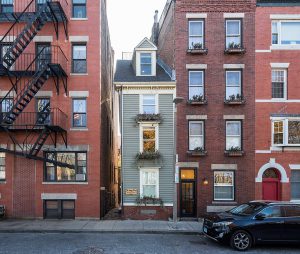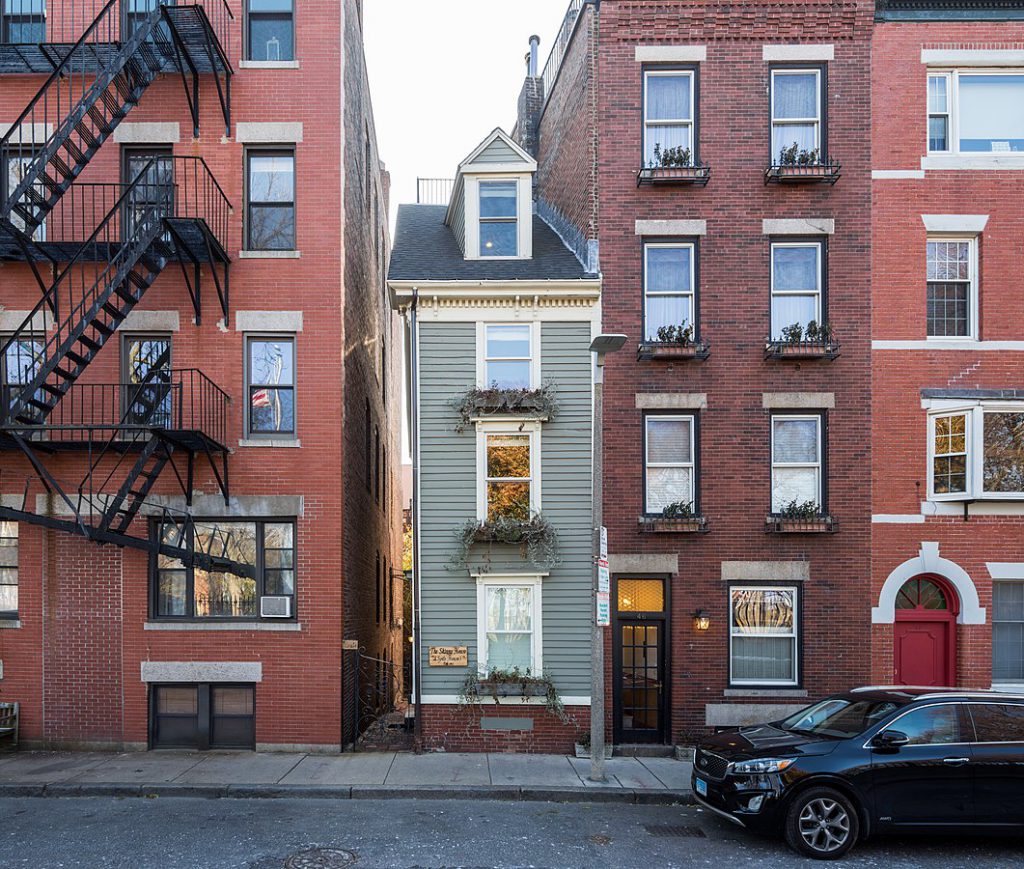A

nice article by several of our colleagues from the MoBE project days. “Distribution of SARS-CoV-2 RNA Signal in a Home with COVID-19 Positive Occupants” does just what it says in the tile, looks at the signal from SARS-CoV-2 in a home… long after the occupants were determined positive. They sampled two months after the onset of symptoms and one month after the end of symptoms and still found viral RNA on almost half of the surfaces samples. Given the long timeframe, there’s little chance that any of this represented infectious virus. As with other related studies, this highlights the fact that qRT-PCR for the virus is really good at knowing if the virus was ever there, but a lot less good at figuring out if there’s a current risk. Abstract below:
Although many COVID-19 patients quarantine and recover at home, the dispersal of SARS-CoV-2 onto surfaces and dust within the home environment remains poorly understood. To investigate the distribution and persistence of SARS-CoV-2 in a quarantine home, samples were collected from a household with two confirmed COVID-19 cases (one adult and one child). Home surface swab and dust samples were collected two months after symptom onset (and one month after symptom resolution) in the household. The strength of the SARS-CoV-2 molecular signal in fomites varied as a function of sample location, surface material and cleaning practices. Notably, the SARS-CoV-2 RNA signal was detected at several locations throughout the household although cleaning appears to have attenuated the signal on many surfaces. Of the 24 surfaces sampled, 46% were SARS-CoV-2 positive at the time of sampling. The SARS-CoV-2 concentrations in dust recovered from floor and HVAC filter samples ranged from 104-105 N2 gene copies/g dust. While detection of viral RNA does not imply infectivity, this study confirms that the SARS-CoV-2 RNA signal can be detected at several locations within a COVID-19 quarantine home and can persist after symptoms have resolved. In addition, the concentration of SARS-CoV-2 (normalized per unit mass of dust) recovered in home HVAC filters may prove useful for estimating SARS-CoV-2 airborne levels in homes.
